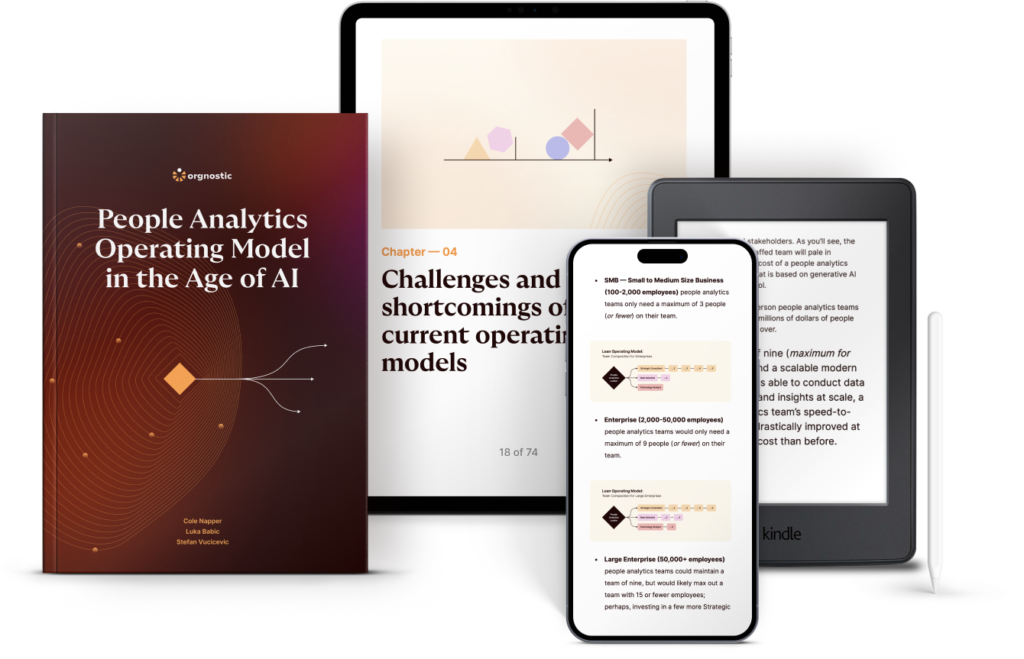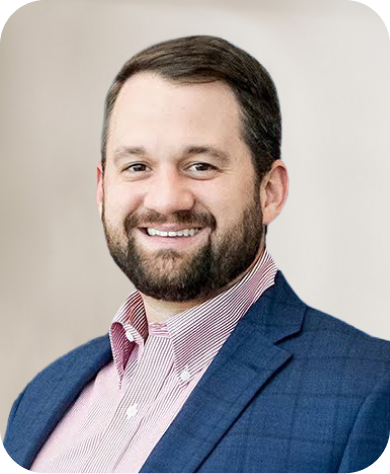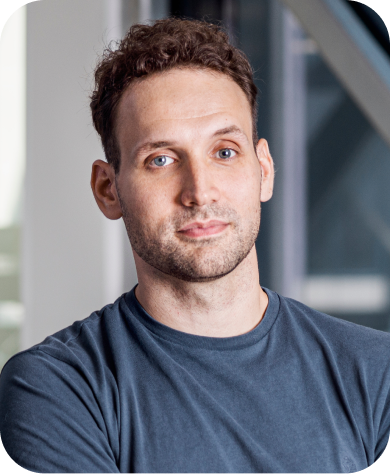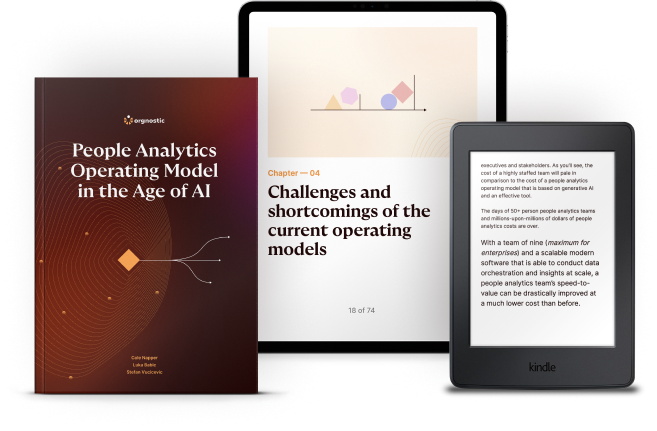FREE GUIDE
People Analytics Operating Model in the Age of AI
Reduce repetitive tasks, create space for impactful work, and scale the value your people analytics efforts bring to the business, while leaning into modern tech stack and generative AI.
Available as
epub

Topics covered
The People Analytics Operating Model in the Age of AI examines the roles and goals of people analytics, assessing the existing operating models. It provides practical guidance on how to set up a Lean People Analytics Operating Model that connects technology, impactful consultation, and strategic decision-making, ultimately enabling ecosystems.
The current shift in maturation of people analytics, propelled in part by generative AI and modern technology stack, requires us to assess where we’re headed, what will data-driven decision making look like, and what challenges people analytics needs to solve to fulfil its main purpose — add value to the business.
What sets a successful people analytics function apart from the rest is the amount of value it adds to the business. But how do you measure this? This section looks at different success criteria, derived from discussions with hundreds of CHROs, offering a framework you can use to quantify the success of your people analytics efforts.
The current state of the people analytics operating model has gone through many iterations and has had many influences. However, none of these models account for post 2021 market realities, and do not incorporate generative AI and modern technology stack into operations. This section examines the current models, along with their biases and failures to tackle a few challenges along the way.
How can people analytics leverage technology and generative AI to do things faster, better and at scale? By implementing the operating model that ties together technology with the strategic decision making and impactful consultation, allowing PA teams to work as part of the ecosystem. This section covers the blueprint for the Lean Operating Model™, including its design, team size, cost-structure, capabilities, and how to put it to practice.
Under the Lean Operating Model, anyone from HRBP to C-suite can use their PA tool to ask a question, get the answer with prescriptions on what to do about it, in real-time, without having to ping PA team for each data-related request. As a result, PA teams get more time back for high-impact, strategic work. This means a shift in skills required to do meaningful people analytics. So what do PA teams do about it? How does their role evolve?
With key principles of the Lean Operating Model covered, we move to explore how you can gain from this theoretical framework in practice. Analysing the key postulates of the model, this section covers use cases that show how you can get quantifiable results, and how you can scale your people analytics efforts so that your people analytics no longer owns you, you own it — and its insights — in real time.
Authors

Cole Napper
People Analytics Evangelist
Cole Napper, Ph.D. is prolific writer, podcaster, speaker, and thought leader in the field of people analytics. He is the Vice President of People Analytics & Product Evangelist for Orgnostic as well as the co-host of the Directionally Correct People Analytics Podcast.
He has built and led people analytics functions at Fortune 500 (Texas Instruments, Toyota, PepsiCo/Frito Lay, etc.) and venture capital backed startups (Orgnostic, Motive, Booster).
Cole has taught people analytics in MBA courses at TCU and SMU, leads the Dallas-Fort Worth People Analytics Meetup, advises and mentors startups, and holds a Doctorate in Industrial-Organizational Psychology from Louisiana Tech University.

Luka Babic
CEO, Co-Founder
Luka is an HR leader, Harvard graduate, and Co-Founder and CEO of Orgnostic, with an extensive experience in transforming HR into a strategic business partner by implementing data-driven practices.
Prior to Orgnostic, Luka successfully built an international and diverse People Ops team at tech unicorn Infobip, scaling the organization from 250 to 1400 employees, establishing HR strategies and significantly increasing revenue and returns on HR program investments.
Luka has also worked as a Research Assistant at Harvard University’s Psychology Department, and he combines his industry knowledge and his deep connection with the academic community to tackle the challenge of making HR a truly data-driven, strategic function.

Stefan Vucicevic
HR Writer
Stefan is an experienced writer in HR tech and people analytics, and is currently looking after content and product marketing and community at Orgnostic.
He is also the co-host of People Analytics Sessions and People Analytics Coffee Chats, organized by the People Analytics Lounge, a community of people analytics and HR leaders and practitioners.
Stefan has also written for a number of HR and tech publications over the years, covering the topics of leadership, organizational design, compliance, and data privacy.
With this book, people analytics teams get a framework to:
- make people analytics well integrated in a broader business and HR context
- scale the work to deliver high-impact results to the business, using AI and modern tech stack
- measure the success of people analytics using quantifiable success criteria
- foster the culture change towards evidence-based management practice
The people analytics operating model is a combination of organizational design, capabilities, technology and tactical execution steps aimed at fulfilling one single objective — add value to the business.
The Lean People Analytics Operating Model offers a framework that lets you:
– Use data for strategic HR/business decisions
– Make use of technology and integrate it with people analytics projects
– Get more business value via people analytics
– Establish a successful people analytics function
– Measure success of people analytics efforts
– Set up an organizational structure for successful analytics
– Address inefficiencies limiting your ROI
– Handle data literacy, stakeholder curiosity, and cost challenges
– Bring together a lean people analytics team
If you’re experiencing inefficiencies in your HR function, particularly in terms of data handling and decision making, you may need to implement a people analytics operating model. Signs you may need to update your way of work include difficulties to:
– Make data-driven decisions
– Ensure HR metrics tracking and reporting
– Understand and improve employee engagement
– Manage talent acquisition and retention
– Optimize workforce planning.
The right people analytics operating model helps address these challenges by improving data integrity, speeding up time-to-value, increasing user-adoption rates, and facilitating faster implementation of action based on analysis.
